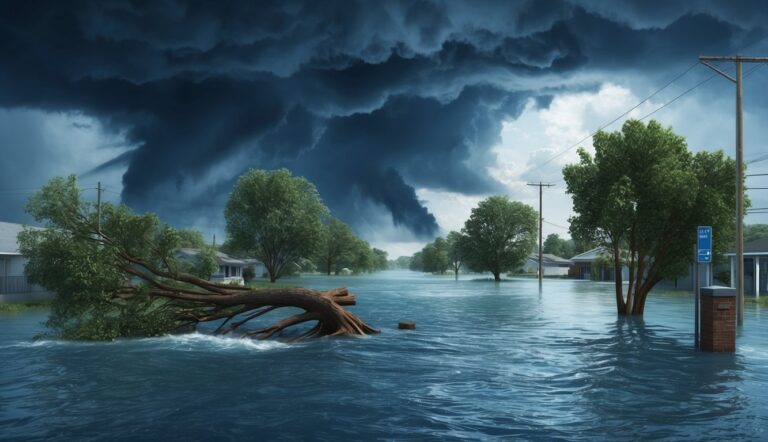A new report from Moody’s Ratings highlights a growing flood risk across the Eastern and Southern United States, fueled by intense rainfall, hurricanes, and rising sea levels.
This heightened threat of flooding introduces significant credit challenges.
Communities face increasing property insurance rates, diminishing property values, and an urgent requirement for substantial investments in climate-resilient infrastructure.
Infrastructure Vulnerability
The study points out that much of the region’s transportation infrastructure was built without considering the extreme weather conditions we now face, increasing vulnerability to flooding.
Moreover, numerous commercial and residential properties in high-risk flood zones are underinsured, putting local economies at risk of disruptions and downturns.
Regulatory Challenges and Development
As communities grapple with these flooding issues, the costs are rising.
Governments at various levels are finding it more difficult to secure adequate insurance solutions.
While federal and state mitigation efforts can be time-consuming and financially burdensome, the report hints at the potential of innovative insurance products to help distribute the financial risks more equitably.
Development in areas prone to flooding has intensified the associated dangers.
The increase in impervious surfaces and ongoing construction in these vulnerable locations exacerbates the problem.
A striking example is New Jersey, where over $4.6 billion was spent on housing developments between 2010 and 2017 in flood-prone areas—even after the region experienced the devastating effects of Hurricane Sandy in 2012.
Need for Innovative Solutions
On another front, state and local authorities have the power to adopt zoning regulations that could help curb development in at-risk regions.
While the Federal Emergency Management Agency (FEMA) monitors building codes and the integration of hazard-resistant standards, only a mere 32% of regions vulnerable to hazards have updated to the latest safety regulations, according to the report’s findings.
In summary, the report illustrates pressing challenges ahead as communities face the dual threats of climate change and financial instability—demonstrating the necessity for thoughtful planning and innovative solutions to safeguard both people and property in high-risk areas.
Source: Claimsjournal.com






